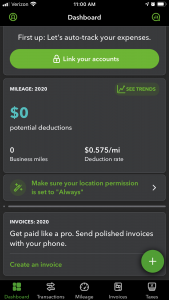Viewability has been a hot topic for good reason; advertisers are keen to use the metric as a currency in all their media buys. However an ad, no matter how creative or catchy, cannot sway consumers if consumers have no chance to see it.
Consider this, recent Integral Ad Science research found that only 41.8 percent of ads sourced from networks and exchanges were viewable. Direct publisher deals fared a little better with 52.8 percent of impressions viewable.
What is viewability exactly? Per the MRC, ads are considered viewable when 50 percent of a creative is in view for at least one full second. That seems straight forward, yet there are still many misconceptions.
Here are three misconceptions we discovered are widespread among buyers and sellers alike.
Misconception 1: Measurability and viewability are the same thing.
When publishers and ad-tech providers talk about viewability, the term ‘measurability’ is sure to surface. Why? Because if you want to measure the percentage of impressions that are in view, you first need to know that size of the impression pool. Measurability is the percentage of the ads that can be measured in the first place, while viewability is the percentage of measured ads that are deemed viewable.
Here’s why this is important. Let’s say that a publisher tells you that its viewability rate is 56 percent but its measurability rate is just 70 percent. Do you assume that the unmeasured 30 percent has the same viewability rate? And what if another publisher says its viewability rate is 52 percent but that its measurability rate is 95 percent. As an advertiser, which publisher do you choose for your campaign?
It’s important to understand both measurability and viewability.
Misconception 2: All viewable ads have the same level of quality.
The MRC’s baseline standard says that 50 percent of an ad’s creative must be in view for one full second. But is that enough time to capture a consumer’s attention? Are ads that are in view for 15 seconds more valuable? And are ads where 100 percent of the creative is in view more valuable than those where only 50 percent is seen? Are viewable ads on a low-quality blog worth the same as viewable ads on a premium site?
Just because an ad is viewable doesn’t mean it is worth the same as other viewable ads. Viewability is just the beginning of truly understanding the value of an ad.
Misconception 3: A high viewability rate means a great vendor
It’s a common thought that a high viewability rate means a vendor is measuring well. However, a high viewability rate may not always be what it seems. Fraud has a big impact. Measuring viewability only works if you take fraud out of the equation. If you’re not, you could still be buying or selling ads that have not been seen.
In order for our industry to use viewability as a currency in a responsible manner, we must all understand the risks, challenges, and points of confusion.
(167)






